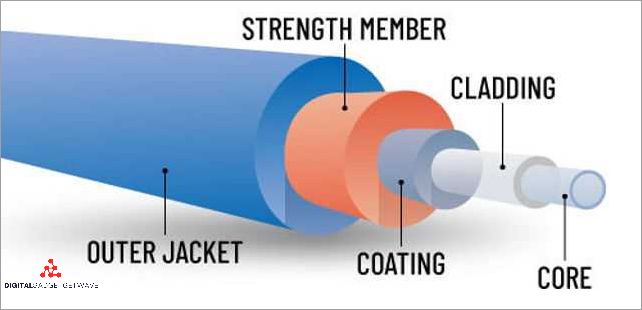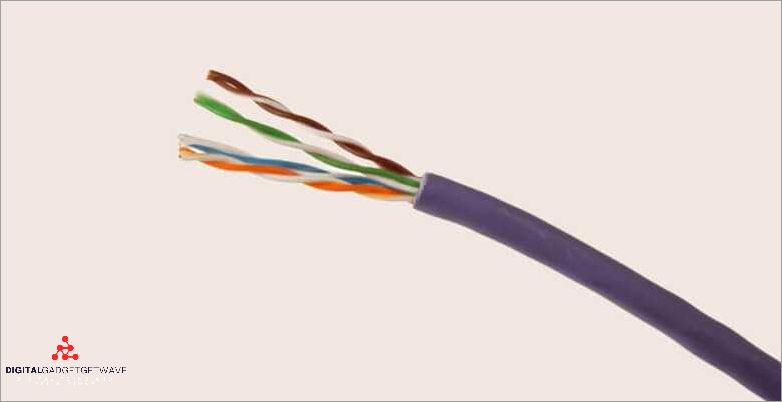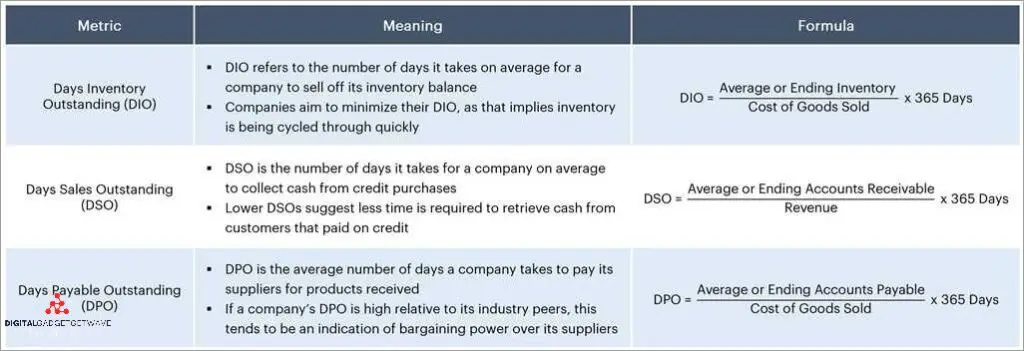What is VSAT: A Brief Guide to Very Small Aperture Terminals
The advancement of communications technology has led to the development of Very Small Aperture Terminals (VSATs), which have revolutionized the way we connect and transmit data. These terminals offer high-speed connectivity through satellite transmissions, providing reliable access to the internet and telecommunications networks. VSAT technology works by using a satellite dish to receive and transmit ...











